Every Spring, Texans look forward to stepping outside and seeing the beautiful state flower bloom. Families flock to parks and fields, trying to snap the best photos of their babies playing in the flowers. Austin bluebonnets fields can vary year to year, but thankfully, there are certain prime spots that seem to always flourish this time of year.
What are Bluebonnets?
According to the Lady Bird Johnson Wildflower Center in Austin, “Bluebonnet is the common name for a few species of lupines including the Texas bluebonnet (Lupinus texensis), sandyland bluebonnet (Lupinus subcarnosus — also called the Texas bluebonnet) and the Big Bend bluebonnet (Lupinus havardii). These three, plus the rarer Lupinus concinnus and Lupinus plattensis, are lumped together as the state flower of Texas.”
When do Texas bluebonnets bloom?
In 2021 a lot of people were concerned that the winter storm Uri would have a negative impact on the bluebonnets. But luckily for everyone that did not happen and we had a normal bluebonnet season.
In 2022, bluebonnets are expected around the end of March and beginning of April for most of Texas with the bluebonnet season expecting to last until the end of April and into early May.
Things to know before you head out to see Bluebonnets in Austin
- Respect nature–The bluebonnets in Austin are beautiful, and we want to keep them that way. When you go to visit a bluebonnet field, be very careful walking around. A lot of people ask “Is it illegal to pick bluebonnets in Texas?” Answer is No. However, it is important to be courteous and let other Texans enjoy them as well. Don’t trample the flowers, do not pick them. And if you see a bluebonnet patch in someone’s yard or private property, do not enter.
- Stay safe–In your excitement to enjoy the bluebonnets and to take your photos, don’t be careless and disregard safety. Some Austin bluebonnet patches may be near busy roads, so make sure your kids don’t run out into traffic. Also, be on the lookout for ant beds, mosquitoes, and even snakes in some cases.
- Don’t hog the spotlight–There’s a good chance you won’t be the only one visiting the bluebonnet patch. If others are around, make sure you’re sharing the space and everyone gets a chance for their photo op.
Where to Find Bluebonnets in the Austin, Texas area
Please keep in mind that by no means does this list detail every single Austin bluebonnet patch. Additionally, things can change quickly due to nature and other outside forces.
With that in mind, here are some proven fields that typically offer great bluebonnet sightings around the Austin area
1. Brushy Creek Lake Park
This 90-acre park offers active and natural resource-based recreational opportunities. The park also features a kid- and pet-friendly walking trail through its bluebonnet field.
2. Capital Of Texas Highway
The Capital of Texas Highway which is also known as “Loop 360” has plenty of grassy banks covered with bluebonnets. Drive carefully! If you stop on the highway, be sure to put your hazard lights on and exit from the shoulder side of the road. Underneath the bridge at Loop 360, just follow the signs to the boat ramps.
3. Lady Bird Johnson Wildflower Center
The Center has guided the development of urban and rural landscapes across the U.S. that incorporate native prairies, green roofs, rainwater harvesting and other sustainable features including the growth of vast bluebonnets in the area.
4. St. Edward’s University
This campus is covered in Bluebonnets! Spring is here, and for just a few sweet weeks, Bluebonnets, the Texas state flower will be in full bloom. These breathtaking beauties make a spectacular appearance once a year, typically beginning around the end of March to the end of April.
5. Circle C Ranch Metropolitan Park
If you happen to make it to the park in the next few weeks, you will find several photo opportunities with the bluebonnets on the trail.
6. McKinney Falls State Park
Let’s celebrate the Bluebonnets at McKinney Falls State Park! Onion Creek Trail is an easy 2.8 mile creekside hike Dog Friendly. Bring plenty of water and a snack! It’s the start of the Spring season, and you sure can tell with the patches of bluebonnets starting to show up around the park! Be sure to spend some time outside this weekend and enjoy the beautiful weather!
7. Muleshoe Bend Recreation Area
The bluebonnets are blooming at Muleshoe Bend Recreation Area; come see for yourself! Once inside the park, follow the blue arrows to the bluebonnet fields. Make sure to stop by the tent for information, crafts and activities, and rentals.
8. Marble Falls
9. Ennis Bluebonnet Trails
Celebrating 70 Years of Ennis Bluebonnet Trails: Ennis was designated by the 1997 State Legislature as the home of the Official Texas Bluebonnet Trail and was designated the Official Bluebonnet City of Texas.
10. The Bluebonnet House, Burnet
On scenic Highway 281 between Burnet and Marble Falls, you’ll come across what’s often been referred to as this historic location where it showcase an abandoned two-story stone home surrounded by a field of bluebonnets, Indian paintbrush and old oaks. Stop and snap a picture—after all, it’s believed to be the most photographed house in Texas.
Bluebonnet FAQs
How did bluebonnets get their name?
Bluebonnets got their name from the shape of the flower petals, which resemble bonnets (a type of cap) worn by Texas pioneer women to shield them from the blazing sun. They’re also known as wolf flower, buffalo clover, Azulego, meaning cornflower or indigo bunting, and El Conejo, meaning rabbit in Spanish because of the resemblance of a white spot on the flower to the rabbit’s white tail.
When did bluebonnets become the State Flower of Texas?
Bluebonnets, which are native to Texas , became the State Flower In 1901, when the Texas Legislature chose it over cotton bolls and cactus pears. In 1971, the Legislature added five other bluebonnet species to the State Flower designation, so now six species of the bluebonnet are all considered the State Flower.
Are bluebonnets only blue?
Most bluebonnets are blue and white, but in Texas the blooms come in varying shades of pink, purple, lavender, and white.
Do bluebonnets have a smell?
Some people say that bluebonnet blossoms have no scent; other say the scent is “sickly sweet.” What do you think?
Are bluebonnets toxic?
All parts of the plants, in particular the pods and seeds, are toxic to humans and dogs. The toxic component, alkaloids, acts as a natural pesticide. The flowers may also absorb herbicides, pesticides, and pollutants from the environment. Sheep, goats, and a few insects eat them without problem; deer eat them when desperate; but cattle and horses know to stay away from them.
Are bluebonnets edible?
Bluebonnets (seeds) are not edible even though they are part of the legume family, which includes soybeans, chick peas, beans, and peanuts. And remember Blue Bonnet margarine, introduced in 1942? It has a great name, but its oil comes from soybeans, not bluebonnets.
What is the best way to take bluebonnet pictures with the family?
You don’t have to be a trained photographer to take memorable snaps. Whether you’re photographing your kids, pets, or your family or friends, check out our Simple Tips for Bluebonnets Photography in Texas for taking amazing photos. Things such as what time of the day is best, what to wear for bluebonnet pictures and so on!
Stay up to date on all fun things going on in Austin with our weekly updates to Things to do in Austin this Week, Things to do in Austin this Weekend, & Things to do in Austin with Kids this Weekend
And to have these updates delivered directly to your feed, give us a follow of Facebook by clicking on the …next to the search lens icon

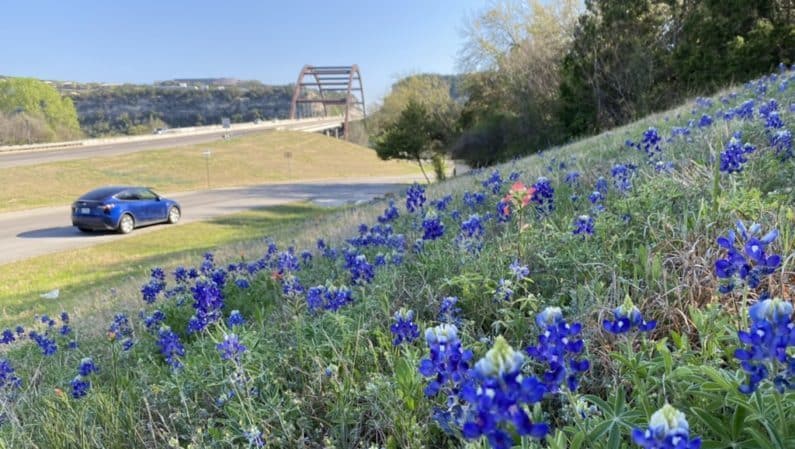
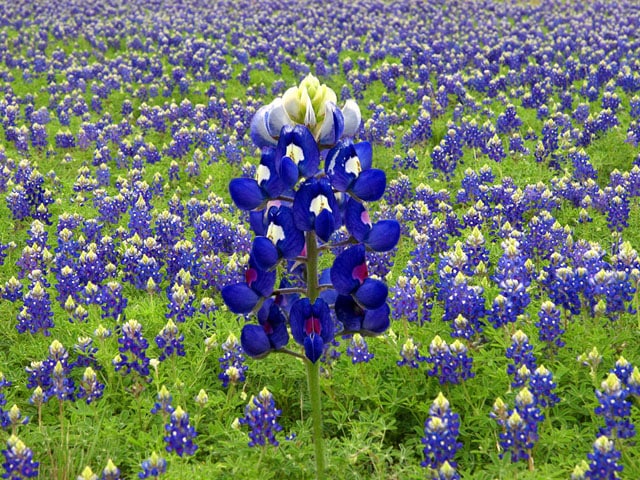
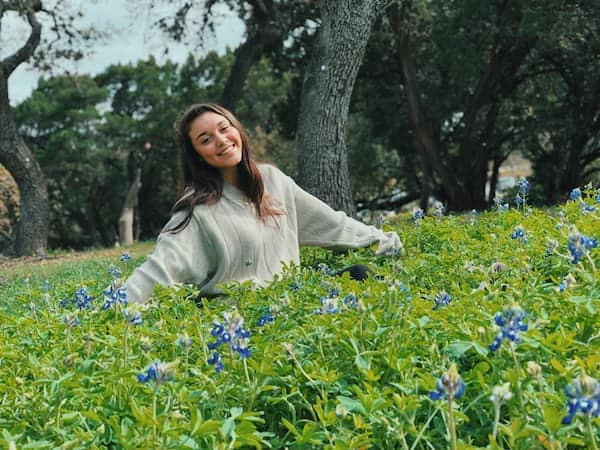
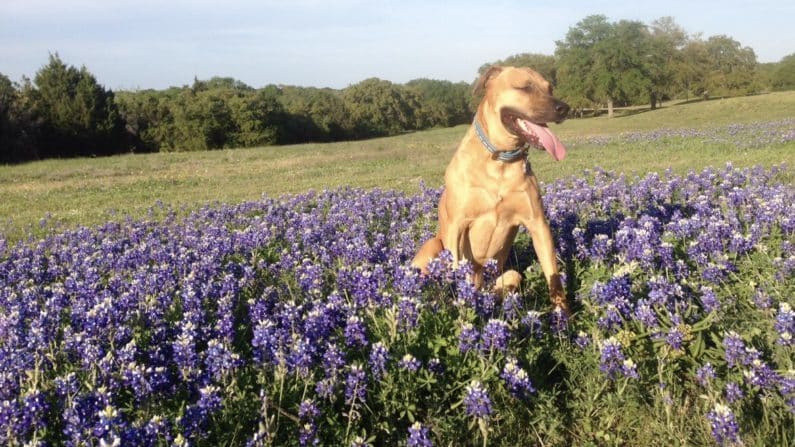
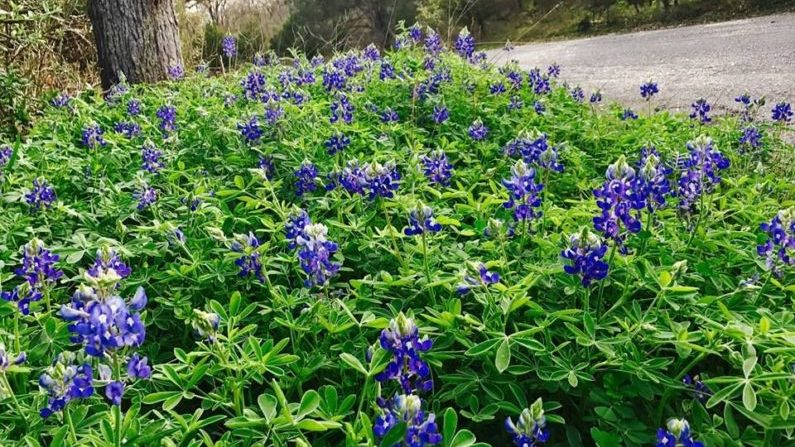
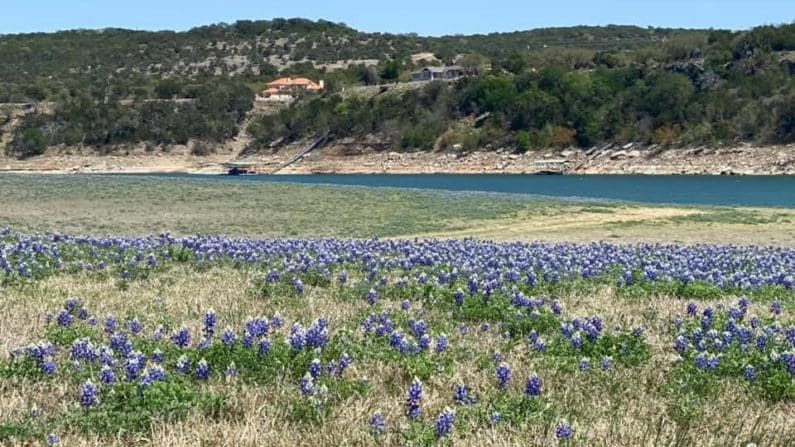
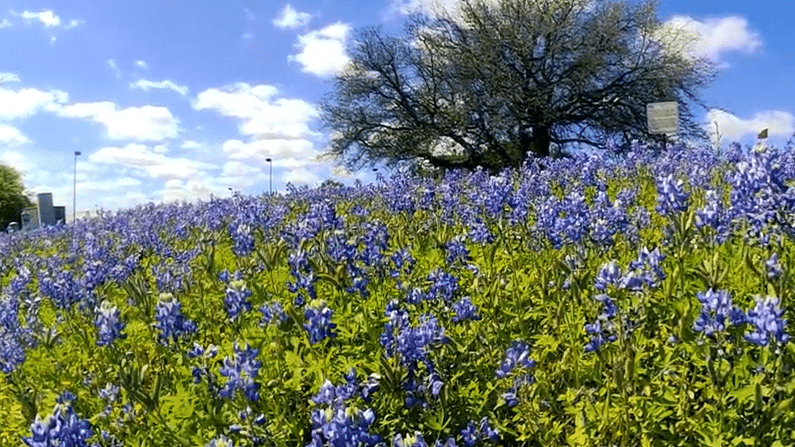

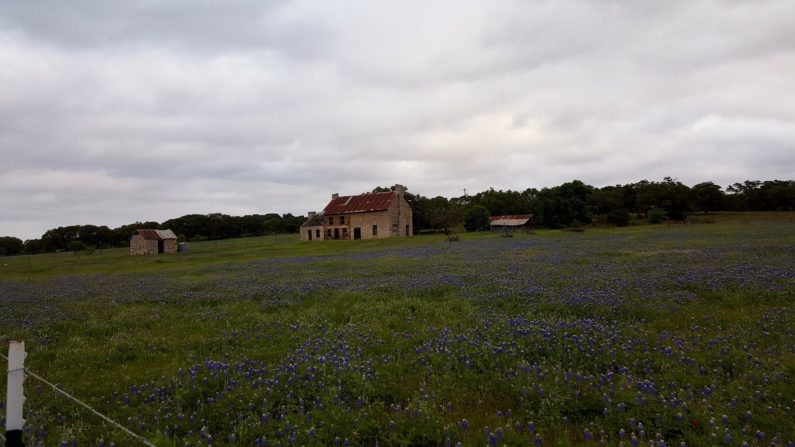
Leave a Reply